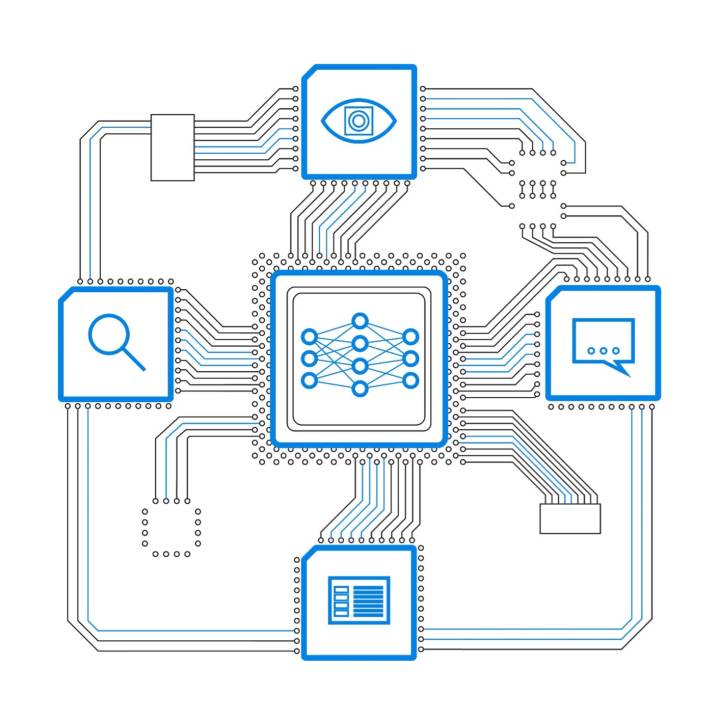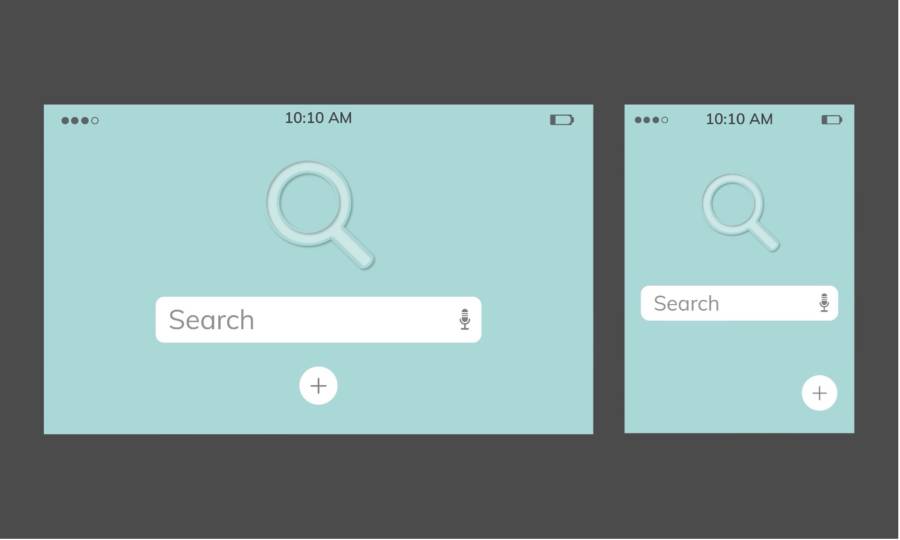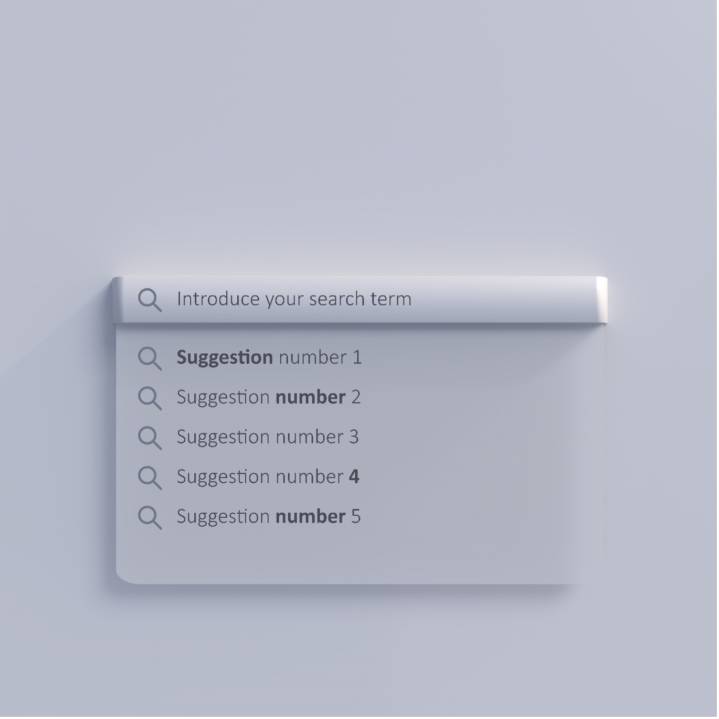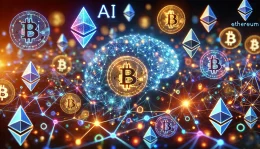How often do you use Quora, a privately owned searchable question and answer (QnA) platform? Perhaps, many times to share knowledge and better understand the world around us. Quora.com is a classic example of Web 3.0 technology. The platform allows the users to cooperate in the creation of Web data, whilst at the same time searching the Web in an intelligent way.
Web 3.0 is a web in which all ICTs are revolving around us. Be it our information or our needs it responds in real-time. The technology uses semantic web, microformats, natural language search, data mining, machine learning (ML), and AI technologies to understand information more precisely. Consequently, a user gets a highly intuitive experience.
Experts in the IT industry have different perceptions. Yahoo co-founder, Jerry Yang thinks web 3.0 is a true communal medium. While Reed Hastings of Netflix consider it to be a full video web. Further, Google’s former CEO, see it as applications that are pieced together.
Why Web 3.0?
Irrespective of size and type of business, persistent decision-making at high speed is critical. The rising trend of customer expectations in every business sector necessitates cautious attention from managers. In order to respond to this, the amount of information generated has increased massively. Web 3.0 can contextualize the available information based on specific user needs.
The technology is based on three important pillars- Social media & user-generated content, datastore, & cloud computing, and protocol migration that facilitates device connectivity. Indeed, it has a great role to play when it comes to trust and privacy leveraging identity management that ensures authenticity and best practices of internet use.
Web 3.0 offers a myriad of opportunities for businesses across industries, as customers can get a highly personalized, context-aware, and precise response to efficiently manage the time spent on the Web. It unleashes services that can cut through the noise of high-volume data from disparate digital sources. Be it web content, or e-mail, it can deliver more relevant search results. The technology also offers tools to better manage flows of information, and deliver a faster and richer user experience.
Even though the foundation of today’s web services was laid with web 1.0, it had many challenges. Further, web 2.0 supported networking challenges but failed to address the security risks. It had little structure which limited its potential use. Web 3.0 address the lack of structure and organization. As it links information from disparate sources & systems to make the web experience easy, efficient, and highly valuable using semantics.
Web 3.0 in Action..
Imagine you browse the web to get the hotel options for your vacation under your budget. The search engine displays some links to the website, which may or may not be apt for you. You will have to try different combinations of keywords and browse different links provided to get the most relevant information. Web 3.0 can speedily search, organize and present the relevant information by browsing various sites and comparing the rates offered by different travel agents. That too when the search parameters are narrowly specified. It not only looks for keywords but also interprets the context to provide the relevant results along with some suggestions.
| Web 1.0 | Web 2.0 | Web 3.0 | |
| Feature | Static information | User-generated content | Apps using crowdsourced data, IoT, etc |
| Communication | One directional | Bi-directional | Multi-user |
| Technologies used | HTML, HTTP, URI | AJAX | RDF, OWL |
| Model | Client-pull | Collective Intelligence | Social, semantic, media-centric and executable |
| Focus | Organization | Community | Individual |
| Elements | Read & share information | Read-write interactive networking platform | Semantic web, personalization |
| Examples | MySpace, LiveJournal | Google, Wikipedia, Facebook, eBay, & Youtube | Platypus & Dbpedia, Rhizome |
| Approach | Connecting information | Connecting people | Connecting knowledge |
What Makes Web 3.0 a Game Changer of the Web?
Web 3.0 is popular as it produces more targeted information and helps users to tightly connect with their friends and businesses. Its ability to record and store the information makes it more precise for web users. Here are some of the elements that make web 3.0 a game-changer.
Intelligent/Semantic:
Web 3.0 is popular as it produces more targeted information. This helps users to tightly connect with their friends and businesses. Its ability to record and store the information makes it more precise for web users. Here are some of the elements that make web 3.0 a game-changer.
Intelligent/Semantic:
Web 3.0 allows users to search information at a much deeper level by understanding the terms and the context in which they are often used. Moreover, it structures the information in a way that can be easily understood not only by users but also by machines. It features
- Resource Description Framework (RDF)
- Semantic Web Rule Language (SWRL)
- Web Ontology Language (OWL)
- SPARQL-SPARQL Protocol
- RDF Query Language
- Gleaning Resource Descriptions from Dialects of Languages (GRDDL)
- Statement-based datastores
- Semantic application platforms.
Social:
The social computing environment of web 3.0 provides an efficient way to connect people around the world. Its ability to provide a ubiquitous web that can facilitate accessibility anywhere and anytime makes it more promising. The synergy it creates between humans and machines helps in organizing social communities. The technology breaks the bandwidth constraints that lead to poor display on mobile devices to ensure they can be accessed using any available device.
3D Virtualization:
Web 3D allows users to live in a virtual world as an avatar on behalf of them. As a result, they can explore, meet other residents, celebrate, party, socialize, participate in various group & individual activities, etc the way people do in their real life. This creates infinite opportunities for businesses to engage with users, host virtual events, showcase & sell the products, and allow try-on, to enable a highly interactive customer experience.
Interoperability:
The application programming interfaces, data formats, protocols, etc are open, this enables the interoperability between devices and platforms. The information can be accessed across programs and the web.
Media Centric:
The web 3.0 search engines can take various types of media like images, audio, video, etc as an input element to search for similar media objects and the information related to them. These 3D interfaces will allow users to participate in and perform collaborative activities.
Web 3.0 combines various technologies like:
- Transforming the Web from a network of separate applications and content repositories to make it seamless and interoperable.
- Supports computing capabilities like networks, SaaS business models, distributed, grid, and cloud.
- Features open technologies, APIs, protocols, data formats, software platforms, and data.
- Leverage Intelligent applications, natural language processing (NLP), machine learning (ML), machine reasoning, and autonomous agents.
What are the Advantages and Possibilities for Businesses?
Data Management– Cut through the noise
Web data management is complicated and requires a vast knowledge of several applications that is not understandable by machines. The technology describes the relationship between different sets of data to make the machine understand and integrate in order to obtain relevant results. It is built on a different infrastructure that utilizes blockchain and P2P networks to enable new ways of handling & interacting with data.
Accessibility- Accommodate everyone’s needs
There are roughly 6.65 million mobile users worldwide and around 51% of web traffic is mobile. This highlights that the demand is likely to increase for web 3.0. The technology enhances internet accessibility through smartphones using Cascading Style Sheet (CSS) Standard that can reduce the size of the page. It is constantly evolving to serve as a single resource that can be accessed in a sufficient variety of redundant ways for everyone to access it.
Innovation- See what’s possible
Web 3.0 allows linking to different databases and facilitates open, ubiquitous, permissionless, and trustless networks. This can be leveraged not only by the systems but also by humans to enable richer experiences, increase efficiency and spur innovation. The approach enables the business to marshal the technologies that can increase business reach and speed in discovering, digesting, and applying knowledge.
Customer Experience- Every interaction counts
Web 3.0 powered by AI, can level up the customer experience by providing them access to the complete product/service information offered by the company on different platforms. It enhances communication effectiveness, user productivity, and service delivery that can elevate customer satisfaction. The technology can drive dramatic improvement in quality, service levels, and productivity along with improving ROI.
Monetization- Money matters…
Business models like subsidized services, E-payments, premium services, Advertising, Affiliate programs, E-learning, Traffic generation, Branding, etc appear from the potentialities of semantic web technology of web 3.0. The product/service information delivery is at the core of the business mission. Web 3.0 offers a different level of openness to the service and provides data that can drive traffic to a website or build one’s brand reputation.
What May Come in the Future Web?
The next generation of the web will continue enhancing the communication between not only humans or machines but also objects like cars, washing machines, phones, etc. By leveraging the technologies like IoT, Natural Language Understanding (NLU), New M2M models, and interfaces. That helps with machine reading comprehension and allows communication between intelligent agents on the cloud. It also develops new interfaces leveraging mobile capabilities.
Companies have already started to innovate with the web by attempting to help people in pursuing excessive data on the internet, by gleaning into the user’s past interests and those of their friends to determine what they might like and limit their choices accordingly, just like a personal assistant. The future of the web will be extremely powerful and fully executable- read-write-execution-concurrency if it navigates the current challenges of privacy, infrastructure, connections, etc.





















